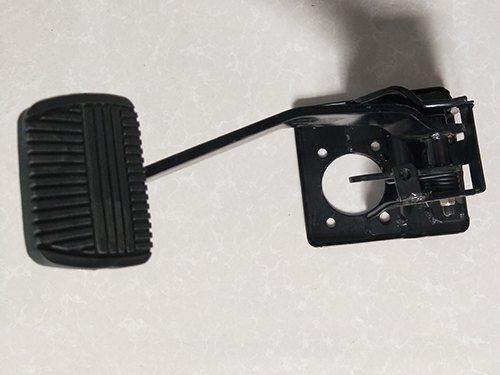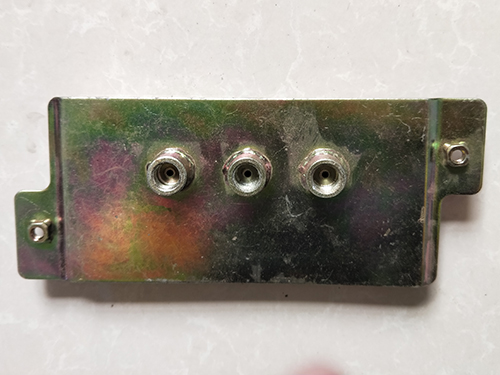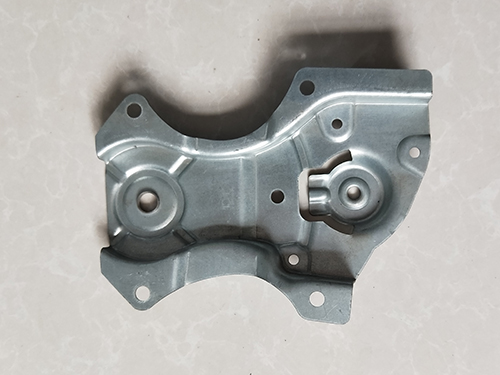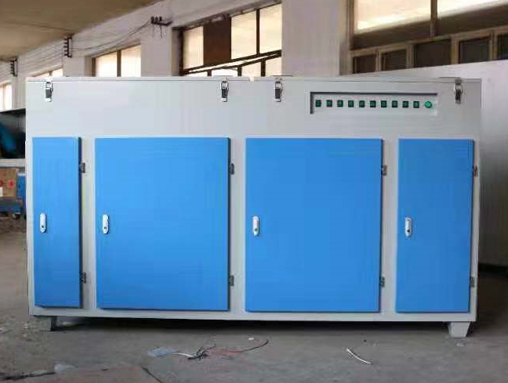Current Status and Development of Automotive Body Stamping Forming Technology
The car body, together with the chassis and engine, constitutes the three major components of a car, and is also one of the main factors determining the market competitiveness and market lifespan of automotive products. The body is a mechanical product that combines structural design, manufacturing technology, and artistic styling. Body manufacturing is a large-scale system engineering, and the investment in the body of a new car model accounts for approximately 40% to 60%. The major challenge for China's automotive products to enter the market is the body.
Stamping and forming of car body parts is the first process in car body manufacturing, and it is also a key process that determines the quality of the car body. The body stamping process also requires intensive capital and equipment investment, as well as many high supports. It can be said that body stamping represents the overall level of automotive manufacturing technology to a certain extent. In order to accelerate the development of automobile body stamping technology, achieve the strategic goals of China's automobile industry as soon as possible, recognize the current situation of automobile body stamping technology in China, aim at the world level, and create a path to revitalize China's automobile industry.
The main body parts are large coverings. It has three functions: styling, structural integrity, and collision control. The geometric dimensions and mechanical physical properties of the body parts meet these three functional requirements, ensuring the overall performance and quality of the body. Under this premise, how to reduce the quality of body parts and lower production costs, improve their stamping forming processability and productivity, is still a key consideration in the design of body parts. Therefore, in order to obtain a reasonable combination of functionality, cost, and molding processability for body parts, it is not only necessary to rely on close cooperation between product design, process design, and tooling design personnel, but also requires designers to have comprehensive knowledge of product design, process design, and tooling design.
From the perspective of design methods, the design of car body parts has undergone a transformation from traditional styling design to single piece optimization design, and is now developing towards overall optimization design. For example, the United States adopts the holistic optimization design method, the Holistic method. By systematically optimizing the stiffness, collision resistance, performance, handling, noise, vibration, comfort, stamping process, and assembly of the car body parts, the number of body parts for a sedan can be reduced by more than 50, and the body weight can be reduced by 64kg.
From a geometric perspective, body parts are evolving from small-sized, multi part, deep drawn small block structures to large-sized, few part, shallow drawn large block structures. This large block structure is of great significance for beautifying car styling, reducing mass, reducing the number of stamping processes, and lowering manufacturing costs. For example, General Motors in the United States has made changes to the side panel design of two types of sedans, transforming the original small block structure consisting of six small parts into a large block structure consisting of one large part. This has addressed the issues of water and gas leakage at the joint of the side panels and improved the overall performance of the vehicle. This change in side panel design has reduced the original 6 sets of stamping dies to 1 set, greatly reducing mold manufacturing costs and saving a lot of welding fixtures and welding hours. In addition, it has also reduced the storage and transportation of semi-finished products, with significant technical and economic benefits.
From the perspective of materials used for body parts, the amount of steel is slowly decreasing, while the amount of lightweight materials such as aluminum, magnesium and its alloys, and plastics is slowly increasing. The reduction in steel consumption is mainly due to the optimization of the body structure, rather than the substitution of lightweight materials. Steel is still the main material used in automobiles, accounting for over 60% of the total automotive materials, and this proportion has remained almost unchanged in recent years. The steel LS.fiI used for car body parts includes low-carbon steel plates, high-strength steel plates, stainless steel plates, bake hardened steel plates, duplex steel plates, sandwich steel plates, and various coated steel plates. Among them, low-carbon steel plates (including galvanized steel plates) are used in large quantities, followed by high-strength steel plates, and other steel plates are used in small quantities. The development of low-carbon steel plates for car body coverings has gone through three stages, namely low-carbon boiling steel plate UK, low-carbon aluminum steel plate AK, and ultra-low carbon deep drawing steel plate IF. Ultra deep drawing steel plate IF, also known as "gapless atomic steel", has excellent deep drawing performance and is particularly suitable for stamping complex shaped body coverings. This type of steel plate has developed rapidly in the world's automotive industry and is gradually being applied in China's automotive industry. In order to improve the anti rust performance and service life of automobiles, the use of various types of galvanized steel plates in car body coverings has been increasing year by year. For example, the Audi 100 sedan body in China uses 74% galvanized steel plates, the Cherokee Jeep body uses 67% galvanized steel plates, and the proportion of galvanized steel plates used in some cars in the United States is even higher.
How to prevent metal stamping parts; Damage:
1) The model, specifications, and performance of hardware accessories should comply with current standards and relevant regulations, and match the selected plastic steel doors and windows.
2) For sliding windows with a width exceeding 1 meter or doors and windows with double-layer glass installed, it is advisable to install double pulleys or use rolling pulleys.
3) Sliding support hinges shall not be made of aluminum alloy materials, but shall be made of stainless steel materials.
4) Install hardware with fastening screws and install metal lining plates inside. The thickness of the lining plates should be at least twice the pitch of the fasteners. It shall not be fastened on plastic profiles, nor shall non-metallic linings be used.
5) Hardware accessories should be installed after installation, and door and window locks, handles, etc. should be assembled after the window and door leaves are framed, with correct positions and flexible opening and closing.
6) After the installation of metal stamping parts, attention should be paid to maintenance to prevent rust and corrosion. When using it in daily life, it is important to close and open it gently to prevent damage caused by hard closing or opening. Without noise, there are now nylon wheels. It not only has no noise when pushing and pulling, but also is smooth, lightweight, and has a service life no shorter than the various pulleys mentioned above. To make the (door) and windows normal. To run smoothly, you need to choose a pulley for the door and window. Poor quality pulleys appear to have rough workmanship on the surface. Not smooth. It doesn't slide flexibly. Small and light.
There are several methods for metal stamping factories to prevent or reduce damage to stamping parts during production, and they also pay attention to the maintenance of stamping parts.
1. For sliding windows with a width exceeding 1 meter, or doors and windows with double-layer glass installed, it is advisable to install double pulleys or use dynamic pulleys.
2. The model, specifications, and functions of hardware accessories should comply with current standards and relevant regulations, and match the selected plastic steel doors and windows.
3. Sliding support hinges shall not be made of aluminum alloy materials, but shall be made of stainless steel materials.
4. Install hardware with fastening screws and install metal lining plates inside. The thickness of the lining plates should be at least twice the pitch of the fasteners. It shall not be fastened on plastic profiles, nor shall non-metallic linings be used.
5. Hardware accessories should be installed after installation, and door and window locks, handles, etc. should be assembled after the window and door leaves are framed, with accurate positioning and flexible opening and closing.







